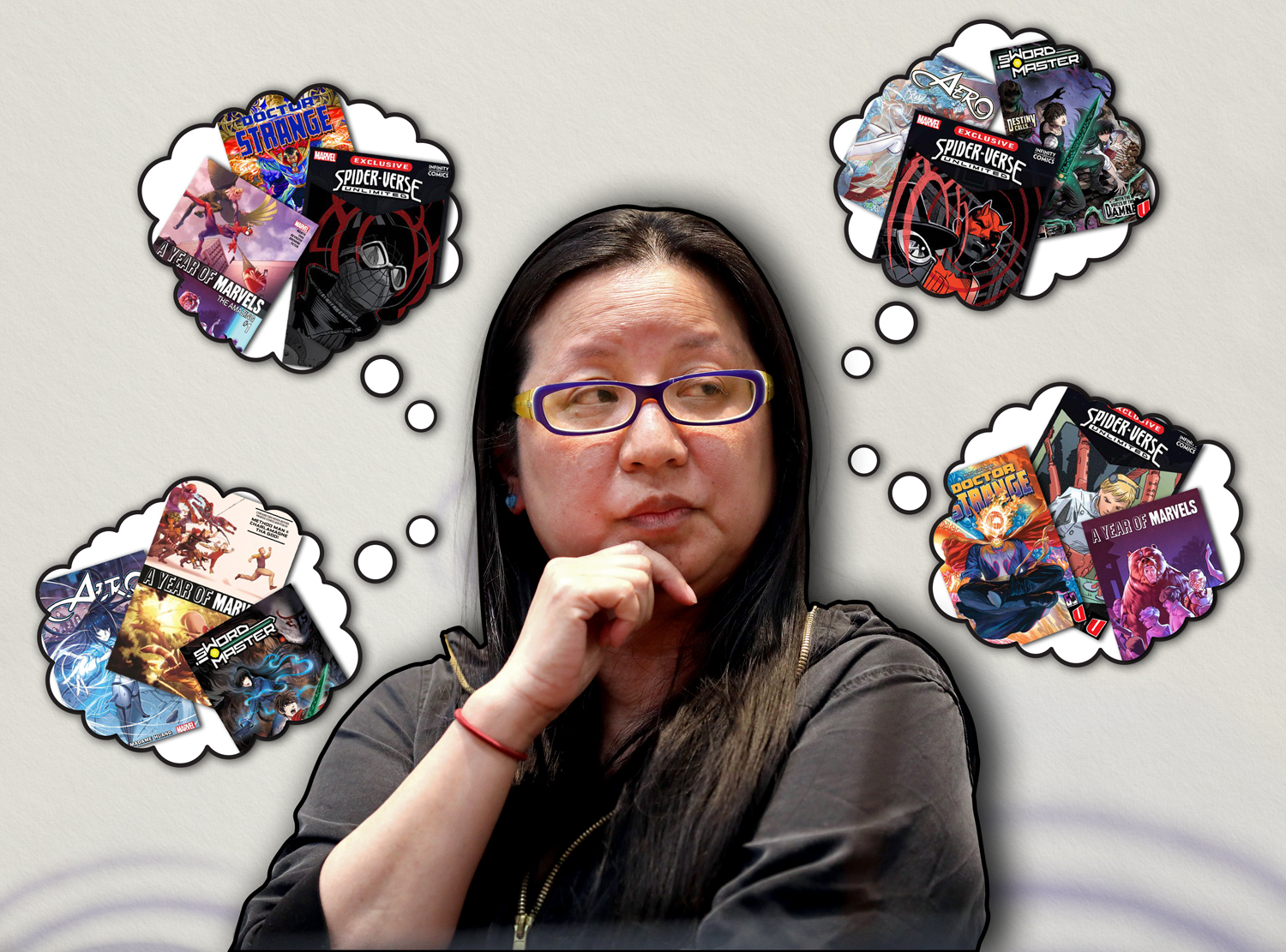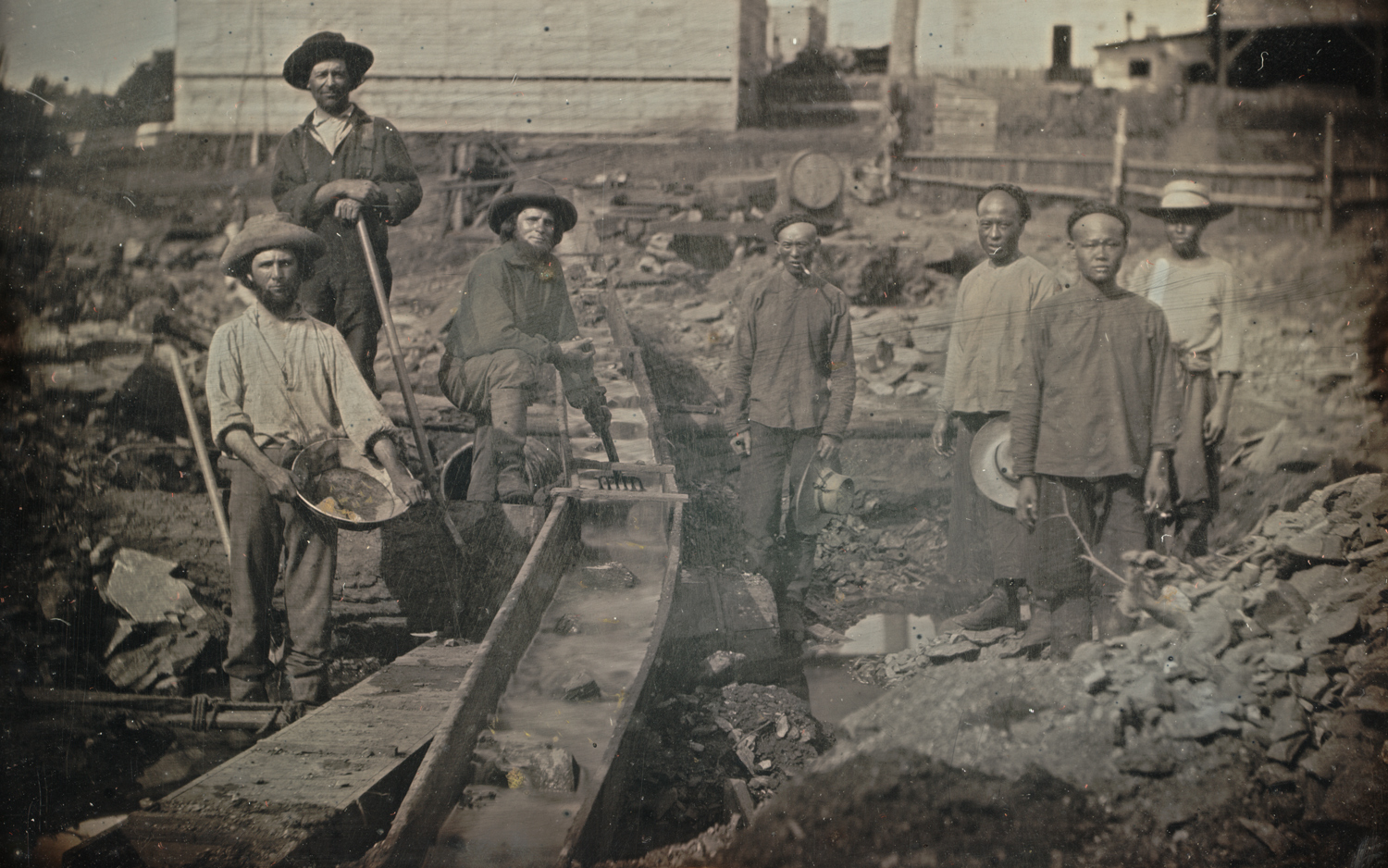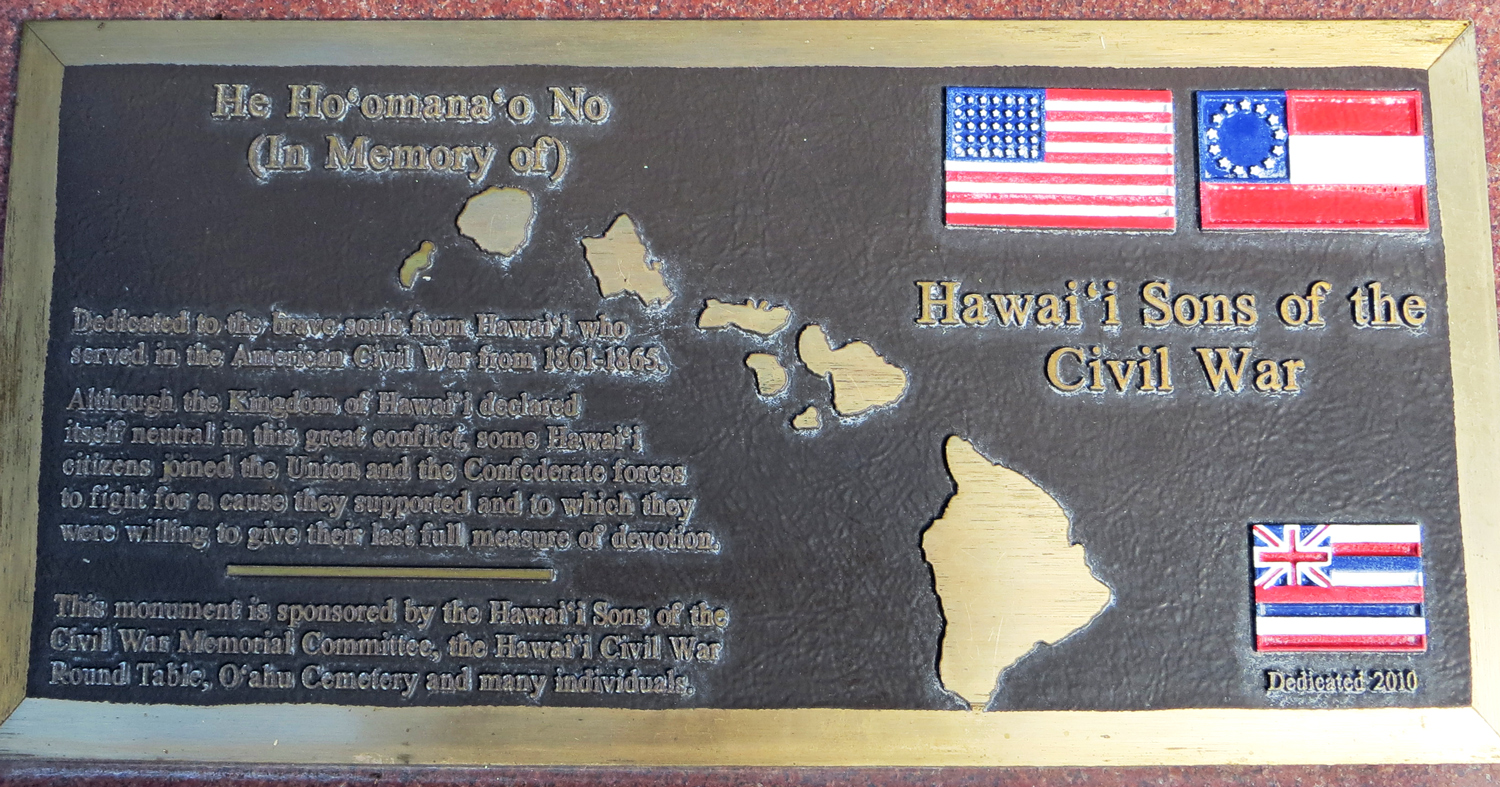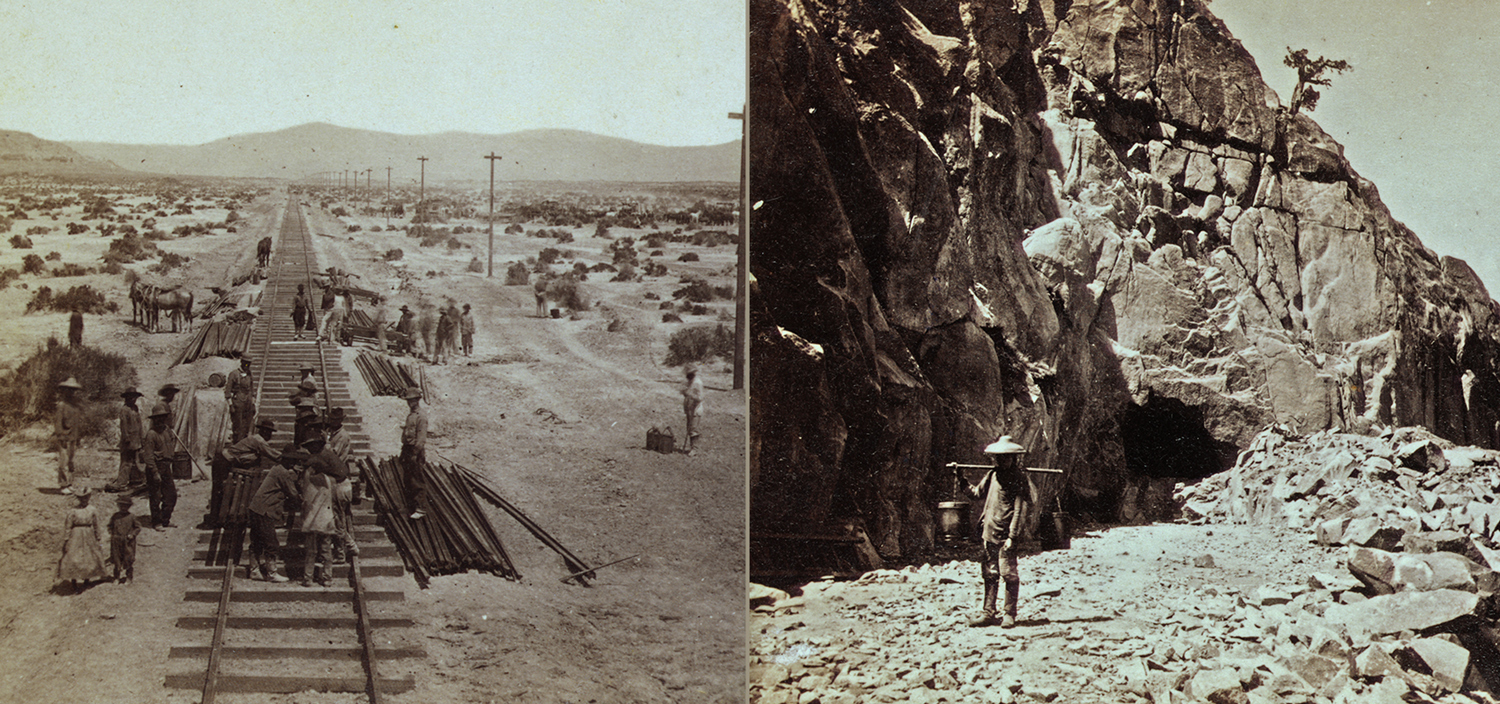Fighting to Belong
A new graphic novel tells little-known stories about Asian Americans and Pacific Islanders.
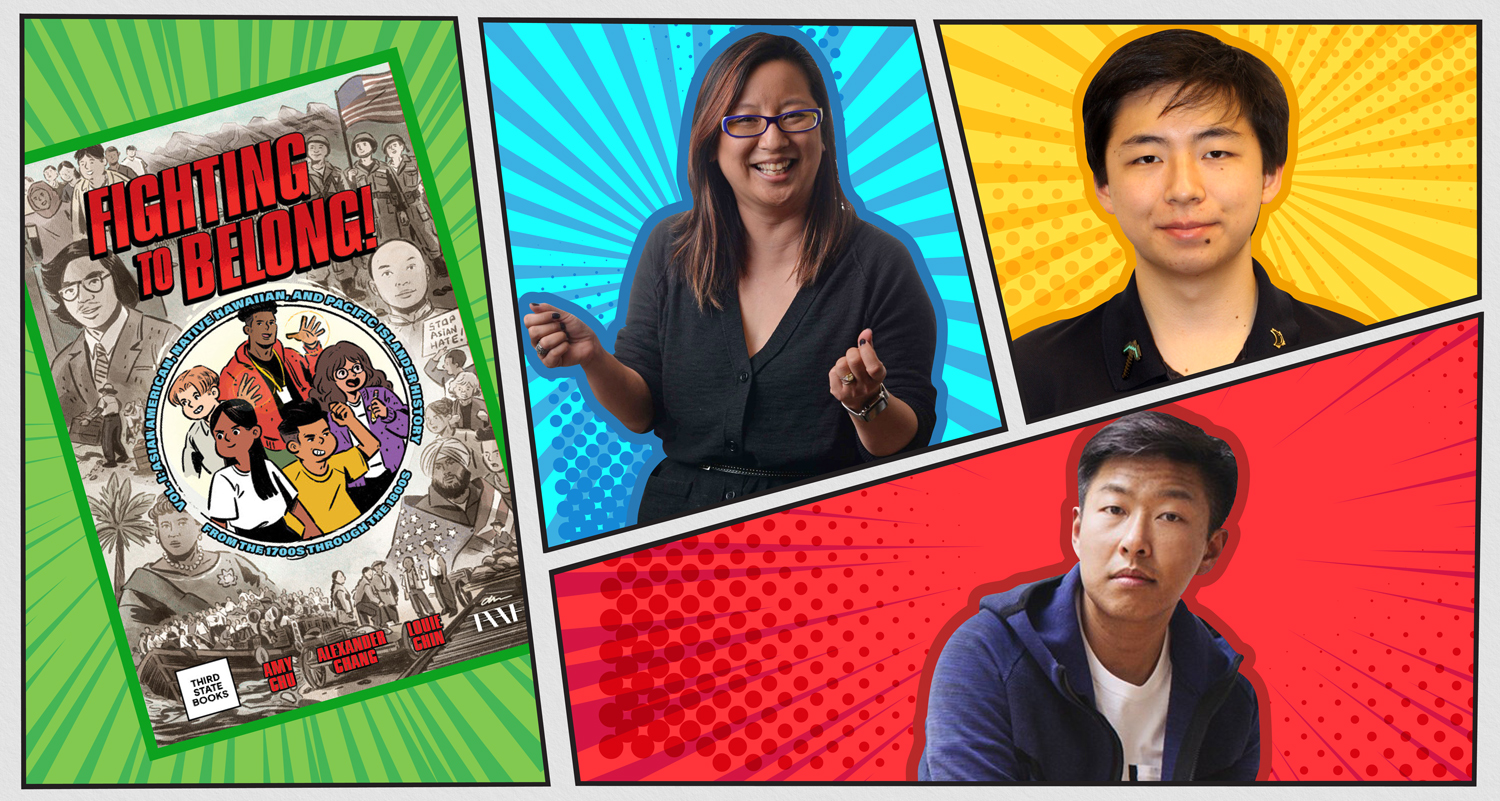
(Clockwise from left) Amy Chu, Alexander Chang, and Louie Chin created the graphic novel Fighting to Belong.
Did you know that Filipino people first arrived in what’s now the United States sometime in the 18th or early 19th century? These early settlers had left the Philippines to serve as sailors and servants aboard Spanish trading ships. At some point, they escaped to North America, where they established the fishing village of Saint Malo along the shores of Lake Borgne in what is now Louisiana. The town would survive into the 20th century.
If you haven’t heard this story, you’re not alone. According to The Asian American Foundation (TAAF), three in 10 Americans can’t name one historical event involving Asian Americans. A new series of graphic novels is meant to help address this problem.
In the first volume of Fighting to Belong, which was released in February, a group of middle school students travel through time and witness important events in the history of Asian Americans and Pacific Islanders, including the founding of Saint Malo. Volumes 2 and 3 will be available in September 2024 and January 2025. All three volumes will be as colorful and compelling as any comic book because they’re written by comic book authors.
The series was written by Amy Chu and Alexander Chang. Chu is no stranger to the genre—she’s written comic books and TV shows for DC, Marvel, and Netflix and dreamed up storylines for Wonder Woman, Ant-Man, and Iron Man. Louie Chin provided the illustrations for the series.
“With these books, I hope kids and their parents learn that superheroes are real people in history who fought for the rights we have today,” said Chu.
TAAF said the graphic novels aim to do more than just teach about events. Since their history is not widely known in the United States, Asian Americans often get left out of the American story, as if their voices and cultures have been silenced. This can lead to prejudice and discrimination.
“We believe education is the long-term solution to fight hate, and our hope is that when students see themselves in history books and their peers learn about these stories in class, we can create a sense of belonging and shared humanity,” said Norman Chen, the chief executive officer of TAAF.
